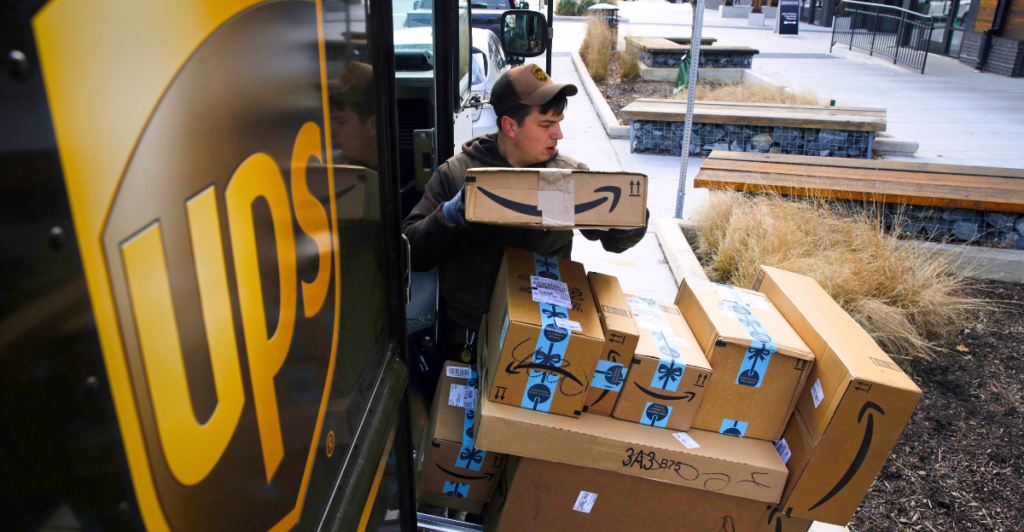
When a corporation says it’s cutting 20,000 jobs, the initial response is panic, followed by blame. Tariffs? Artificial intelligence? Global uncertainty? Amazingly, UPS’s reason is less apocalyptic and more utilitarian.
What appears to be a dazzling economic backlash is really a deliberate changing the business model creates a dangerous mix. CEO Carol Tome swears the change is not a reaction to the last round of trade tariffs, although they continue.
Rather, it’s the result of something bigger: profitability, automation, and ending a bad relationship with Amazon. Yes—this is a story of corporate rebalancing, not ruin. Let’s examine what’s going on.
Diving Free of a Behemoth—The Amazon Split-Up
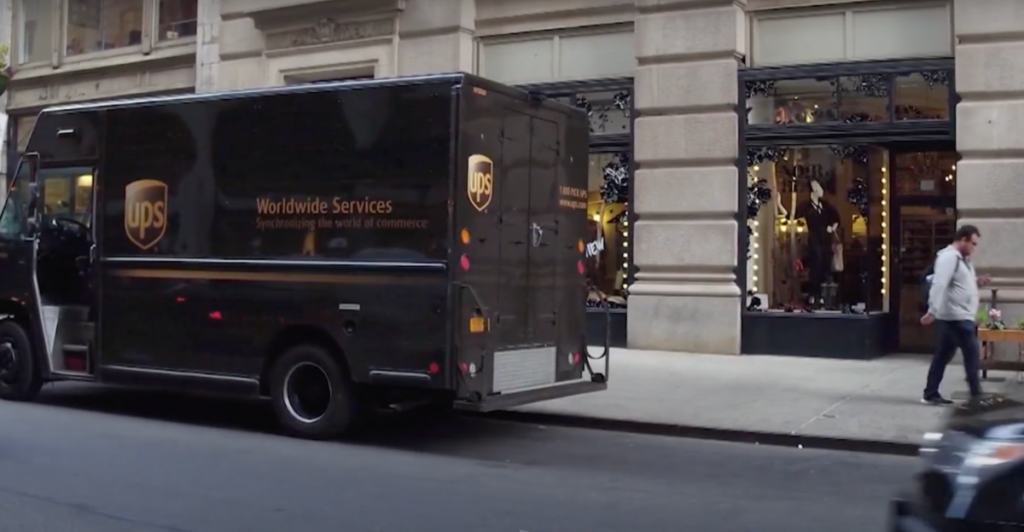
UPS’s largest customer, Amazon, has been both a blessing and a curse. In January, UPS unveiled a “glide down” strategy to halve Amazon-related deliveries by mid-2026. Why? Simply because it wasn’t profitable.
Tome explained the business wasn’t conducive to UPS’s network health. Translation: Amazon’s requirements were high, margins were thin.
The company is opting for quality over quantity. With package volume already down 16% at Amazon during the last quarter, UPS is serious—this breakup is real.
Automation Is Here (And It’s Packing Your Box)
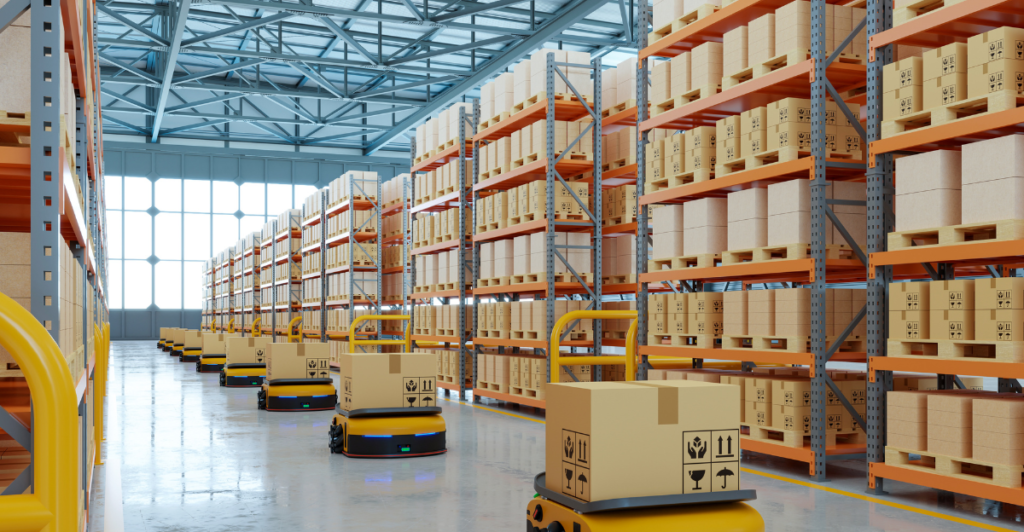
UPS is breaking up with Amazon but becoming fast friends with robots as well. The company will be automating 400 facilities, from sorting to loading onto trucks.
Not science fiction—it’s here today. And with so much now automated, human hands are not as needed. CEO Tome put it crudely: “With this redesign, we will also reduce our dependence on labor.”
For a company that processes hundreds of millions of packages each day, that’s a radical rewiring of operations DNA. It’s not to penalize employees—it’s to keep the entire system moving more productively.
73 Buildings, Vanished by June
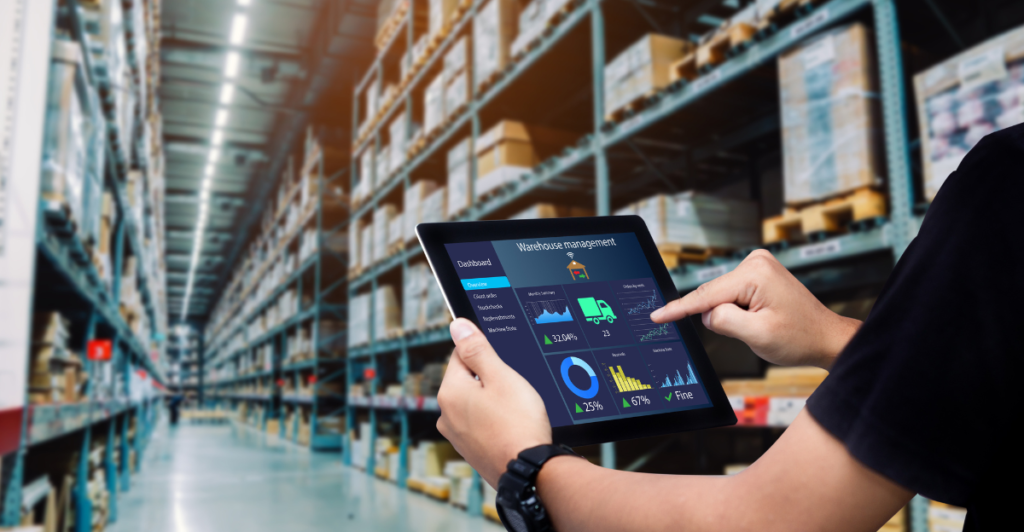
In its largest cutback push yet, UPS will close 73 American facilities by the end of June. They are not hollow warehouses—these are real, functioning nodes in the company’s massive delivery network.
The closings are an application of the Amazon “glide down” plan, trimming redundancy and inefficiency. It may sound like withdrawal, but UPS terms it reconfiguring.
Less in buildings, more in technology, more focused operations. Will it succeed? Only time will tell. But it’s clear: UPS is cutting the fat to become leaner, quicker, and less Amazon-reliant.
What the Teamsters Have to Say (Hint: They’re Not Happy)
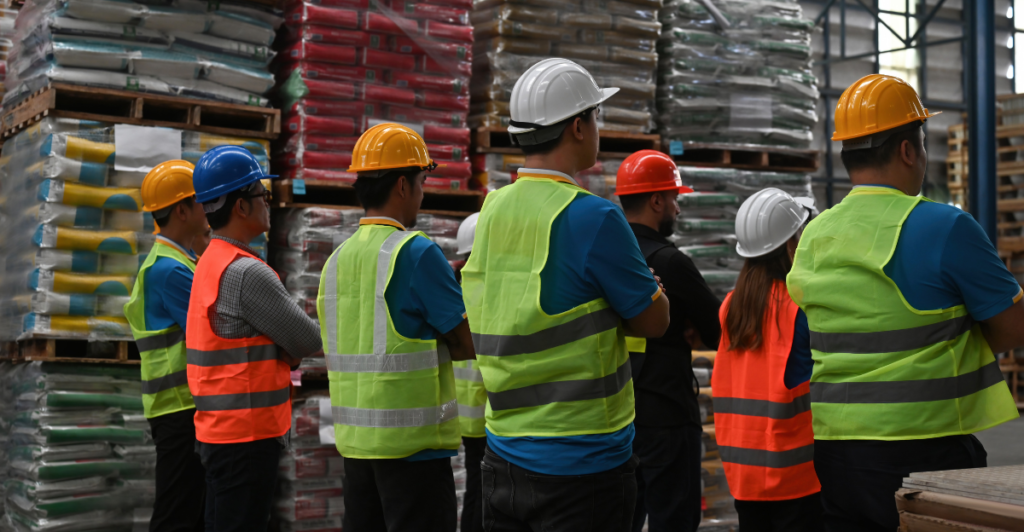
UPS is scaling back, but the Teamsters union isn’t pleased. With over 300,000 UPS employees, the union made one thing loud and clear: firing unionized workers won’t go unnoticed.
President Sean O’Brien said, “If UPS is going to reduce corporate management, fine. But if they aim at good-paying Teamsters jobs, there’ll be hell to pay.”
It’s a struggle of labor versus corporate—and the result could reframe how UPS determines its next step. For now, the company maintains that it respects all agreements. Still, tensions continue to mount.
Tariffs: The Cloud Hanging Over Everything
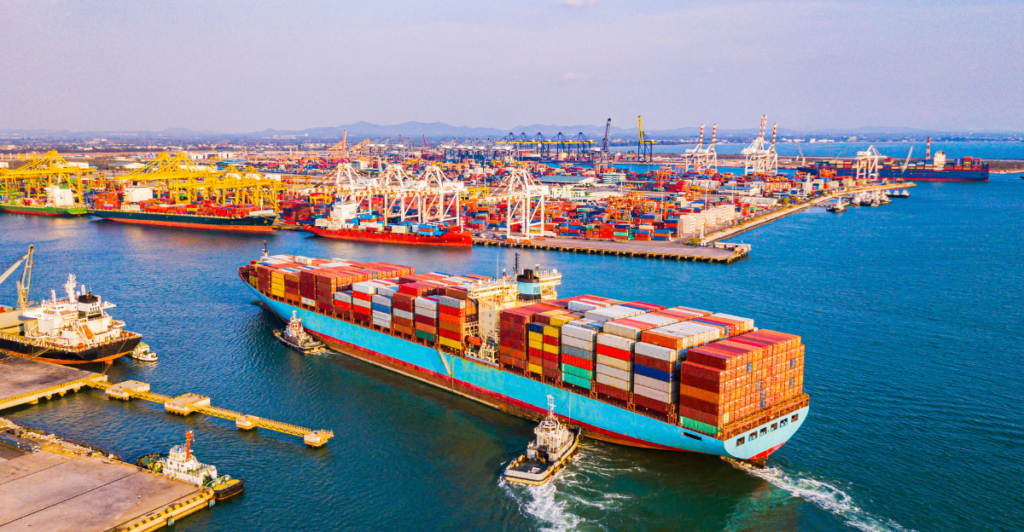
Though UPS blames the cuts on something else, they’re part of the background noise. With fresh U.S. tariffs—up to 145% on Chinese imports—shipping patterns are changing. Companies are anxious.
Orders are halted. CEO Tome conceded there is “so much uncertainty” regarding how these tariffs will persist. Will importers step back? Will the cost be passed along to consumers? No one knows yet.
But this much is sure: if tariffs reduce international commerce too drastically, even leaner UPS might need to buckle its belt a notch. It’s not swinging the axe—but it’s certainly tightening the squeeze.
The Collapse of Revenue Estimates
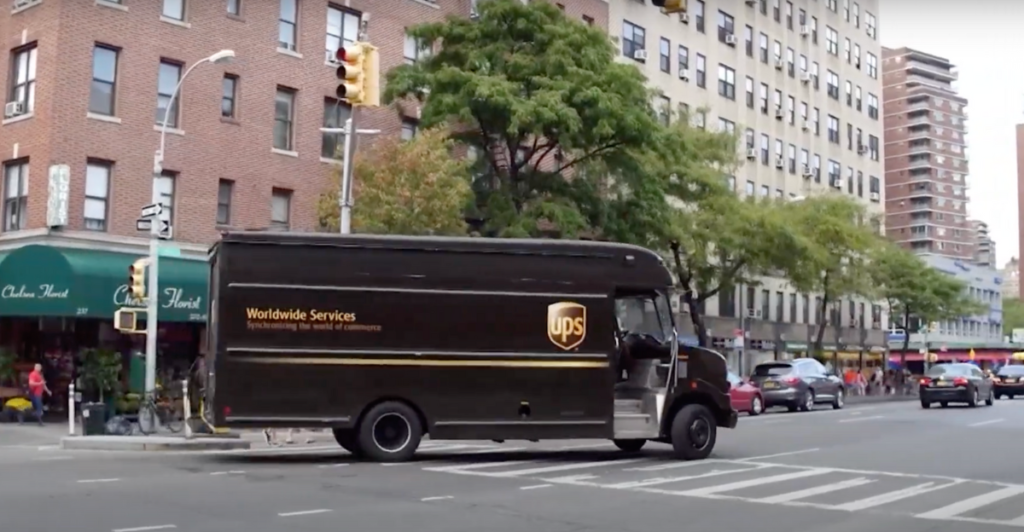
With Amazon plummeting and trade uncertainty on the rise, UPS isn’t making bold moves on Wall Street. The company already cautioned investors that its Q2 revenues will fall year-over-year.
It hasn’t trimmed its full-year forecast yet, but warns that may happen. Dampened global demand, cost-cutting, and a change of business model is a dangerous mix.
But UPS doesn’t want to be accused of reacting, rather than leading. In an agile economy, they’re playing the long game—even if that means taking some short-term hits.
Consumers Still Spending, But…

UPS may be concerned about profits, but they’re not ringing the alarm bell yet. CEO Tome described today’s U.S. consumer as ‘still pretty healthy today, in spite of a recent drop in confidence.
But for how long, with tariffs on the rise and delays looming? If consumers buckle down, UPS senses it sooner or later. They’re the middlemen of modern capitalism, after all.
Sentiment is shaky, but holding—for now. The question is: how will customers respond when prices surge and packages arrive late—or not at all?
Why This Isn’t the End for UPS
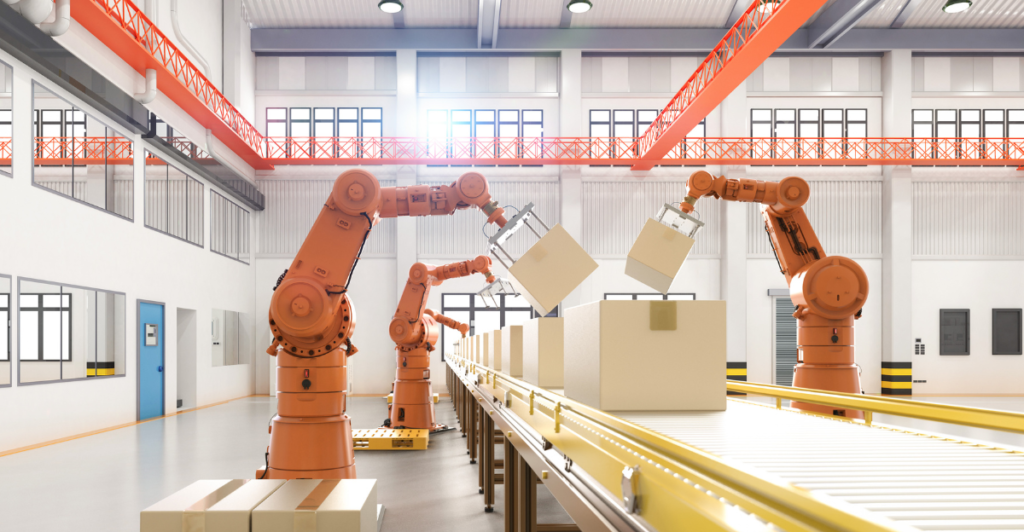
Despite the layoffs, store closures, and disruption, UPS isn’t failing—it’s changing. The company is cutting inefficiencies, shedding low-margin business, and is going all-in on automation.
It hurts, yes. But in a ruthlessly competitive logistics arena, it might be required. This isn’t stagnation—it’s renewal.
Consider it like a caterpillar shedding skin before taking to higher (and faster) currents. Just don’t inform the Teamsters. This change still feels a lot like a gut punch to them.
What This Means for You (Yes, You)

So, then, what can the general reader take away from all this? If you’re a UPS employee, stay alert—change is here, and not all of it is friendly.
If you’re a shopper, expect possible delays, rising fees, and maybe fewer fast, prime-style delivery miracles. If you’re in business, watch your margins—it’s about to get harder (and more expensive) to move goods.
UPS is drawing a new map for delivery in America, one that doesn’t rely on old alliances or old methods. Love it or hate it, you’re already on this detour with them.
Discover more trending stories and Follow us to keep inspiration flowing to your feed!

Craving more home and lifestyle inspiration? Hit Follow to keep the creativity flowing, and let us know your thoughts in the comments below!
